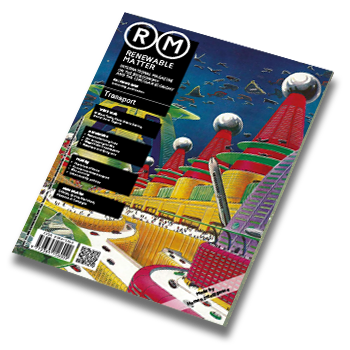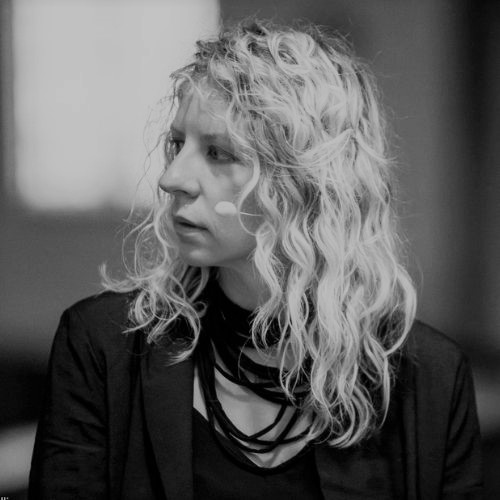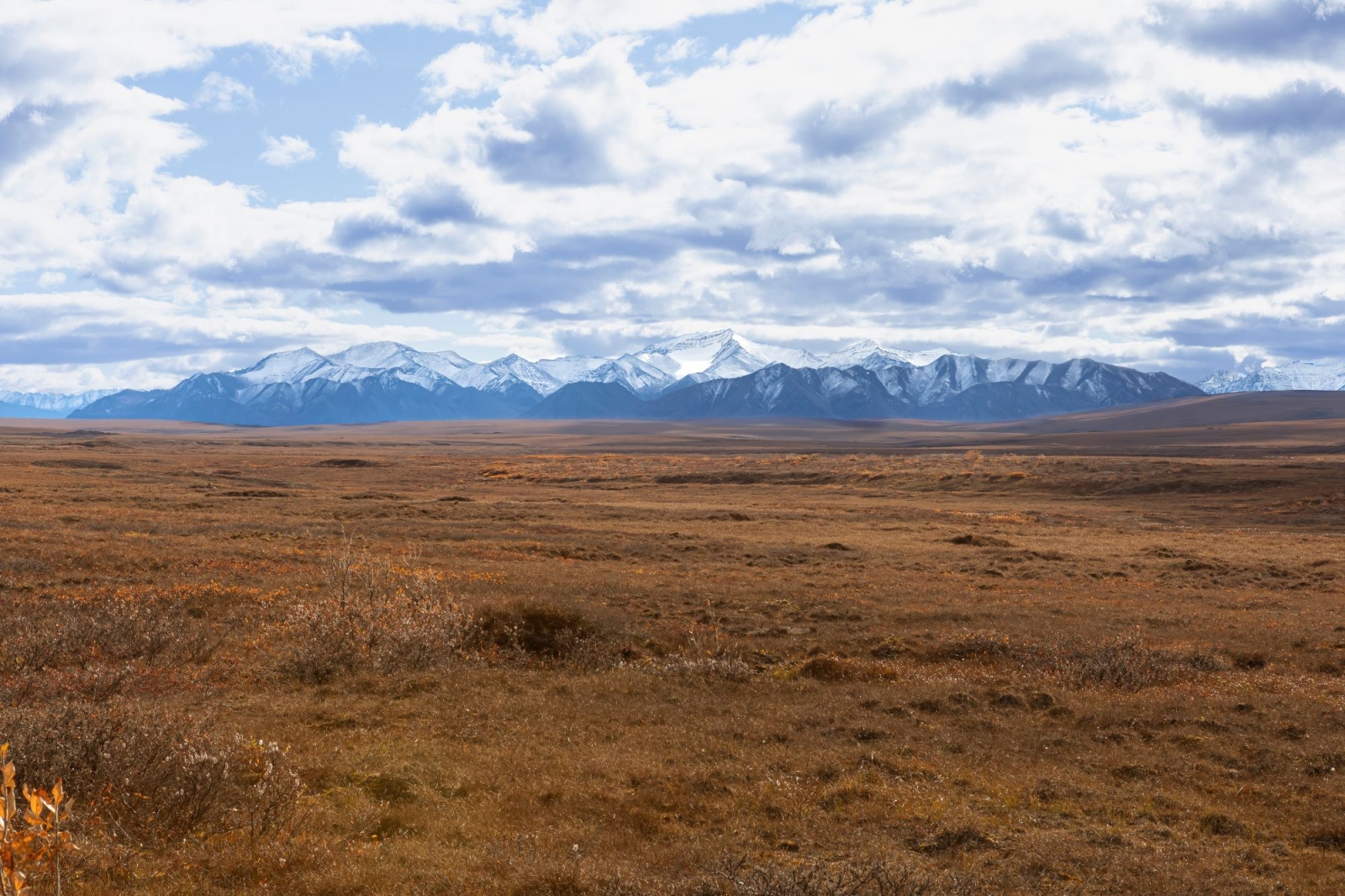It has been almost 2 years since the 15th of July 2022 when I took the plane that allowed me to verify with my own eyes, how much and in which form human activities are changing, sometimes irreparably,the natural world.
On the wall of my studio, the map of the Panamericana - a road that connects Alaska to Chile and then branches off, taking on new names, to reach Ushuaia, Argentina - looked so immense and complex in shape and landscape that more than once I wondered if it was an unattainable feat.
Then as now, that 30,000-kilometers-long line - which for me and Davide Agati, the expedition's documentary filmmaker, would become almost 80,000 - is the symbol of a failed union between two continents and their interests, their cultures, and a socio-economic development so distant that often appears unbridgeable. But the Panamericana is also an extraordinary laboratory for those who, like me, want to probe to what extent what happens every day along a road on the other side of the world affects our lives and how, at the same time, our daily actions can have unimaginable effects on various species and populations.
From the Arctic tundra to the Patagonian Andean forest, through the paramo and the Bolivian salt lagoons, the Amazon rainforest, the Alaskan glaciers and the volcanoes that erupt in the middle of the night in Guatemala, the Pacific Ocean as permanent travel companion to the point where, in the Strait of Magellan, it hugs the Atlantic amidst storms and waves that only experienced Chilean sailors are allowed to face.
Today, a few days before returning to Europe, I am confronting with expectations and the reality and I realize how the answers I have welcomed are much more complex than the questions I had asked myself in the months leading up to departure.
Trying to sum up the WANE - We Are Nature Expedition using the 5 drivers of biodiversity decline and loss identified by IUCN - climate change, habitat loss, pollution, diffusion of invasive alien species, and overexploitation - I can state with reasonable certainty that each one of these is present in all the regions I passed through.
Starting from Alaska and its rich subsoil, where the appetite for oil, gas and a variety of other minerals is threatening the Arctic and where, despite scientific warnings, exploration and extraction projects such as Willow are likely to cause new scars on fragile soil by altering the flows of surface water through tundra, draining lakes and accelerating permafrost thaw in some areas. Among the most endangered organisms there are caribou, whose biggest herds, that live between Canada and Alaska, have declined 56 percent in just 20 years due to global warming- which is occurring 2 to 3 times faster here than in the rest of the world- habitat loss, hunting, management difficulties by a multiple agencies and private entities, and pollution, including that caused by the presence of microplastics.
Tropical paradises invaded by plastic, often originating from places thousands of miles away and then transported by the tide, such as the Sian Ka'an Reserve in Mexico, a UNESCO World Heritage Site since 1987. Beaches where, among the shells, lie the heads of few-weeks-old hammerhead sharks, victims of a black market that shows no signs of stopping and that finds a fertile ground here, amid corrupt government and poverty. Then there is deforestation, as unstoppable as the climate changes that send hectares of virgin forest into flames in the Ecuadorian and Bolivian Amazon, as well as in Guatemala.
Here, where the wounds of civil war and the Mayan genocide are still open, 568,000 hectares of primary rainforest, about 33 percent of the country's entire forest cover, were wiped out between 2022 and 2023. The causes are to be found in oil palm monoculture, which now dominates the landscape of Petén and Alta Verapaz, and cattle ranching.
From Mexico to Patagonia, herds of cows and sheep give the landscape a fake look and tell stories of governments colluded with drug trafficking, giving rise to the phenomenon called narcoganaderia. After being raised illegally in the indigenous reserves of Central and South America animals that are slaughtered here, end up in the supermarkets and on the tables of the United States and Europe, including Italy.
Pain, frustration and fatigue. A triad that accompanied me for 18 months. Not so much in collecting testimonies but rather in telling them to a Western World that feels far removed from it all, immune from the thirst that grips the rivers of the Amazon, the blackness of the oil that kills the land in Ecuador, and the smoke of the fires that burns the nostrils of indigenous villages and of thousands animal, plant and fungal species.
But in the midst of all this, what I carry with me and what I believe will accompany me every moment is the wonder of a natural world that struggles and takes back its space, despite our stubbornness in wanting to domesticate it,. I have understood it in the nights spent in the wilderness, in the glowing eyes of spiders that look like fireflies and the sounds that change with every hour. I have seen it in the behaviour of the sea lions in the Galápagos Islands, so accustomed to human presence but secure in the space that belongs to them, and of the Magellanic penguins along the Argentinian coast, where oil pipelines threaten to increase but the colony of these stubborn seabirds shows no sign of letting up and has counted, this year, some 26,000 breeding pairs. It was proven to me by all those I interviewed - professors, activists, indigenous leaders, scientists and passionate citizens - who said, amid smiles and a few tears, that they were certain that love, knowledge and education are stronger than any economic interest and the dark times in which we navigate.
Here, then, in the map of coexistence they all helped me build, the Panamericana is no longer just a road but a thread that connects integrity and hard work, ambitious projects, conservation policies and infrastructure that, if replicated elsewhere, can tell in words and deeds the one piece of evidence that I continue to reassert wherever I go: "Empathy can really save the world."
This article is also available in Italian / Questo articolo è disponibile anche in italiano
Cover image: along the Dalton Highway, Alaska © Davide Agati for WANE - We Are Nature Expedition



